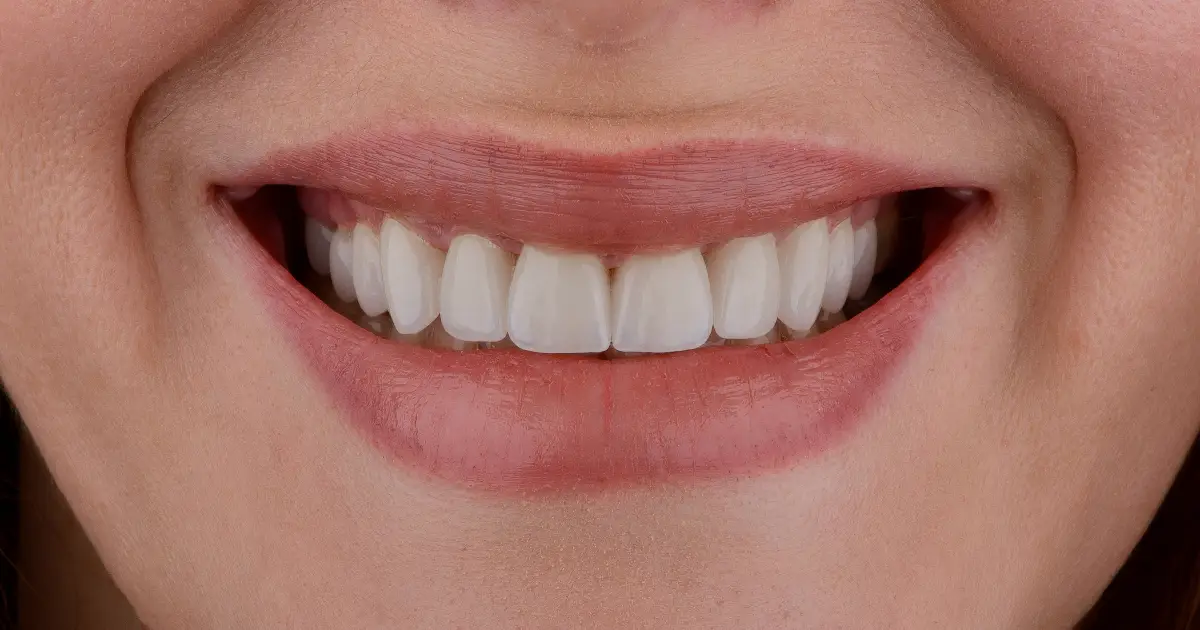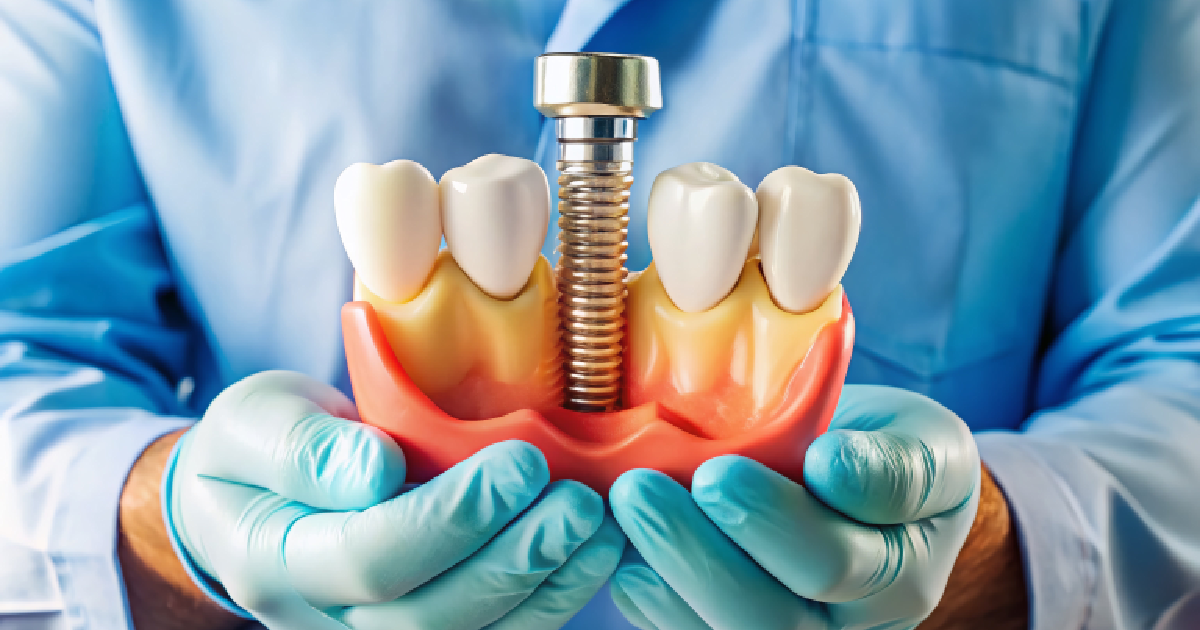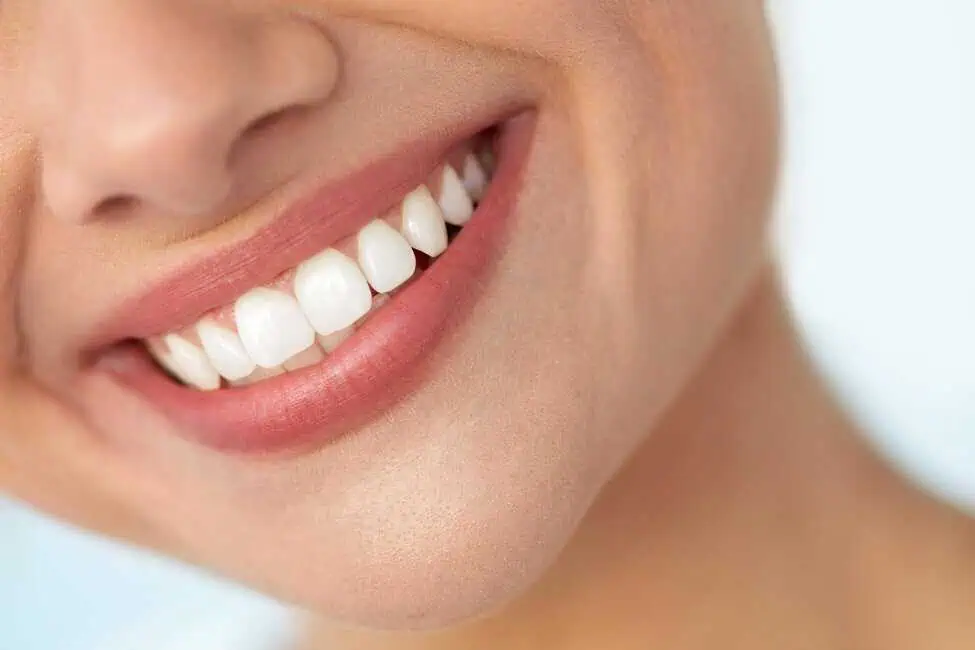Table of Contents
If you’ve lost a tooth—or several—due to trauma, gum disease, or a necessary extraction, chances are you’ve heard about dental implants as the ideal long-term solution. But what happens when your jawbone or gum tissue isn’t ready for an implant?
That’s where grafting comes in.
Many West Linn and beyond patients are frustrated by short-term fixes or cosmetic treatments that don’t last. Others are eager for lasting results but feel overwhelmed by technical dental terms or unsure if they’re eligible for implants. If that sounds familiar, this post is for you.
At Salathe Dental, we understand how confusing and intimidating it can be to hear, “You’ll need a graft first.” Let’s break it all down—without jargon or pressure—so you know exactly what bone and soft tissue grafting involves, why it matters, and what to expect next.
What Is Grafting, and Why Is It So Important?
In dentistry, grafting refers to procedures that rebuild lost or weakened bone or gum tissue to support future dental work, particularly implants.
When a tooth goes missing, the bone beneath it begins to deteriorate. Likewise, gum tissue may shrink or recede, especially after periodontal disease. This breakdown doesn’t just affect your appearance—it can make placing an implant difficult or even impossible without reinforcement.
There are two main types of grafting used in dentistry:
Bone grafting: Adds or regenerates bone in areas where it has weakened or disappeared.
Soft tissue (gum) grafting: Rebuilds the gums that frame your teeth, which is especially important for protecting roots and enhancing smile aesthetics.
Bone regeneration dentistry uses advanced materials that act as a scaffold for new bone to grow naturally. Over time, your body adopts the graft as its own.
Even the most advanced implants won’t hold long-term without adequate bone or gum support. Grafting ensures your mouth is structurally ready and gives your implant the best chance at success.
Why Consider a Bone or Gum Graft Before Implants?
Grafting isn’t just a “nice to have”—it can be the difference between a successful implant and one that fails. Here’s why this treatment matters:
Stable Implant Placement
Implants need a solid anchor. A bone graft reinforces your jawbone so implants can bond securely if it lacks volume.
Better Long-Term Results
Grafting helps avoid future complications, like shifting teeth, gum recession, or bone collapse.
Aesthetically Balanced Smile
Gum grafting treatment can restore the natural contour of your smile and reduce sensitivity from exposed roots.
Prevention of Facial Changes
Bone loss can lead to a sunken appearance in the cheeks and jaw. Rebuilding the bone supports facial structure and symmetry.
Reverses Effects of Trauma or Infection
If you’ve lost bone due to injury or advanced periodontal disease, grafting helps regenerate the damaged area.
For West Linn, OR, patients, grafting is often the first step toward reclaiming their smile and confidence.
Is Grafting Right for You?
Wondering if you’re a candidate for bone grafting for dental implants or soft tissue grafting? Let’s simplify it:
You may benefit from grafting if:
You’ve been told you have insufficient bone for implants.
You had an extraction months or years ago and now want a permanent replacement.
You’re struggling with gum recession or visible tooth roots.
You’ve experienced oral trauma or severe periodontal disease.
You want to protect your jawbone and preserve your facial shape.
There’s no age requirement, and it’s not about “having perfect oral health” beforehand. Grafting is often the solution that makes future treatments possible. If you’ve felt “on the fence” or discouraged by past evaluations, a second opinion can help, especially from a team focused on your long-term outcome.
What Happens During Grafting?
Every patient is different, but most grafting procedures follow a consistent structure. Here’s what you can expect:
Before the Procedure
Our team will take 3D scans to evaluate bone volume or gum integrity. We’ll review your goals, health history, and timeline for implants or other dental needs. We’ll plan ahead if you need medication (like antibiotics or sedation).
On Treatment Day
The area is numbed completely—comfort is a top priority. Grafting material is carefully placed where your tissue needs reinforcement. The site is sealed to protect it and promote healing. Depending on the graft type and complexity, the process can take 30 to 90 minutes.
Recovery Timeline
You may feel mild soreness or swelling for a few days. We’ll provide clear instructions on eating, brushing, and avoiding pressure on the area. Bone grafts generally take 3 to 6 months to integrate fully. Gum grafts heal more quickly, often within a few weeks. Once healing is complete, you’re ready for your implant—or simply enjoy restored structure and health.
Common Questions About Grafting
Does a bone graft hurt?
Most patients say the procedure is surprisingly comfortable. Local anesthesia ensures you won’t feel pain during the process, and post-treatment soreness is typically managed with over-the-counter pain relief.
Can I get a bone graft after a tooth has been missing for years?
Yes. While bone loss becomes more significant, grafting can often restore enough volume even after years without a tooth.
Is soft tissue grafting only cosmetic?
Not at all. While it improves appearance, periodontal grafting reduces sensitivity, strengthens gum health, and protects against further recession or infection.
What materials are used for grafting?
Dental grafts can be sourced from your own body (autografts), a donor, or synthetic biocompatible materials—all designed to support bone regeneration safely.
Is grafting safe for older adults?
Absolutely. Age is not a limiting factor. The procedure’s success depends more on your overall health and dental goals.
Ready to Restore Strength and Structure to Your Smile?
If you’ve been told your jawbone or gums aren’t strong enough for implants—or you’re simply tired of short-term dental fixes—grafting may be the solution that changes everything.
Whether it’s a bone graft for dental implants, gum grafting treatment, or complete bone regeneration dentistry, our team at Salathe Dental is here to support you with experience and compassion.
Book Your Grafting Consultation Today and take the first step toward a stable, confident, long-lasting smile. We proudly offer grafting in West Linn, OR, and welcome patients from throughout the surrounding areas.






